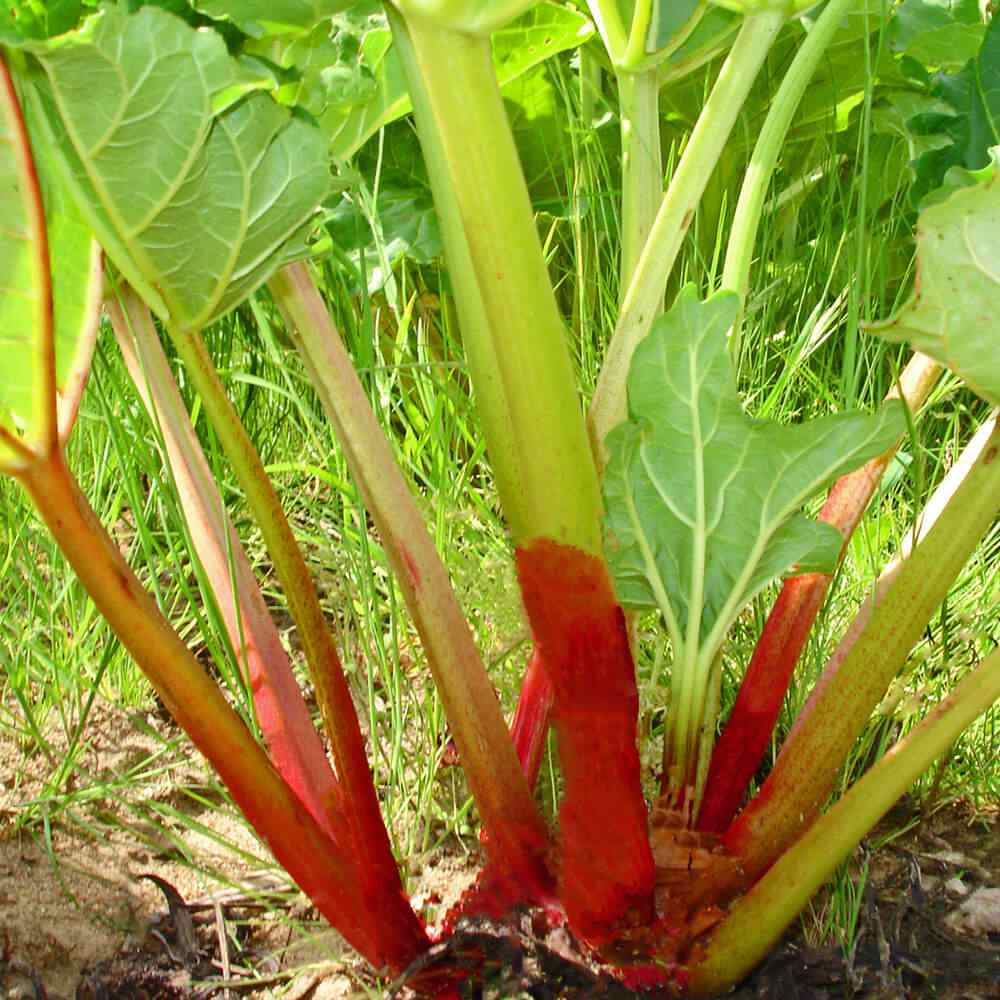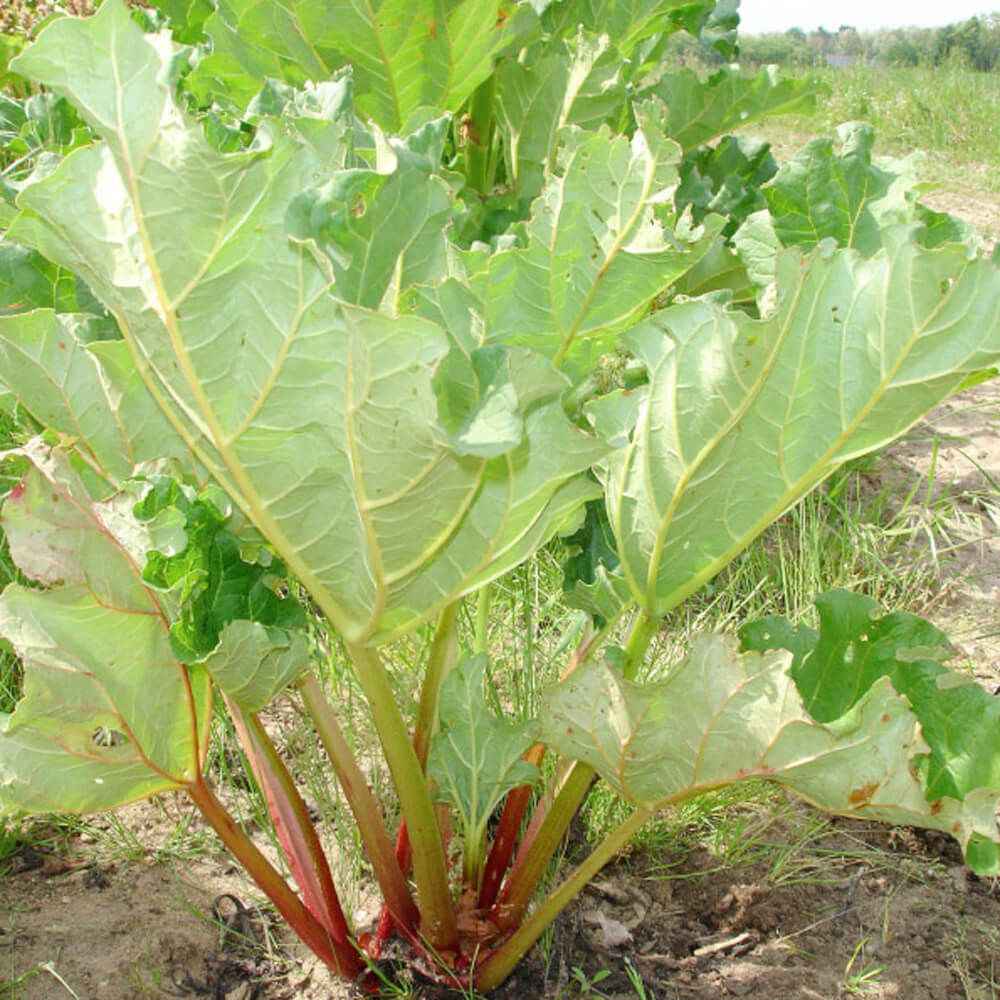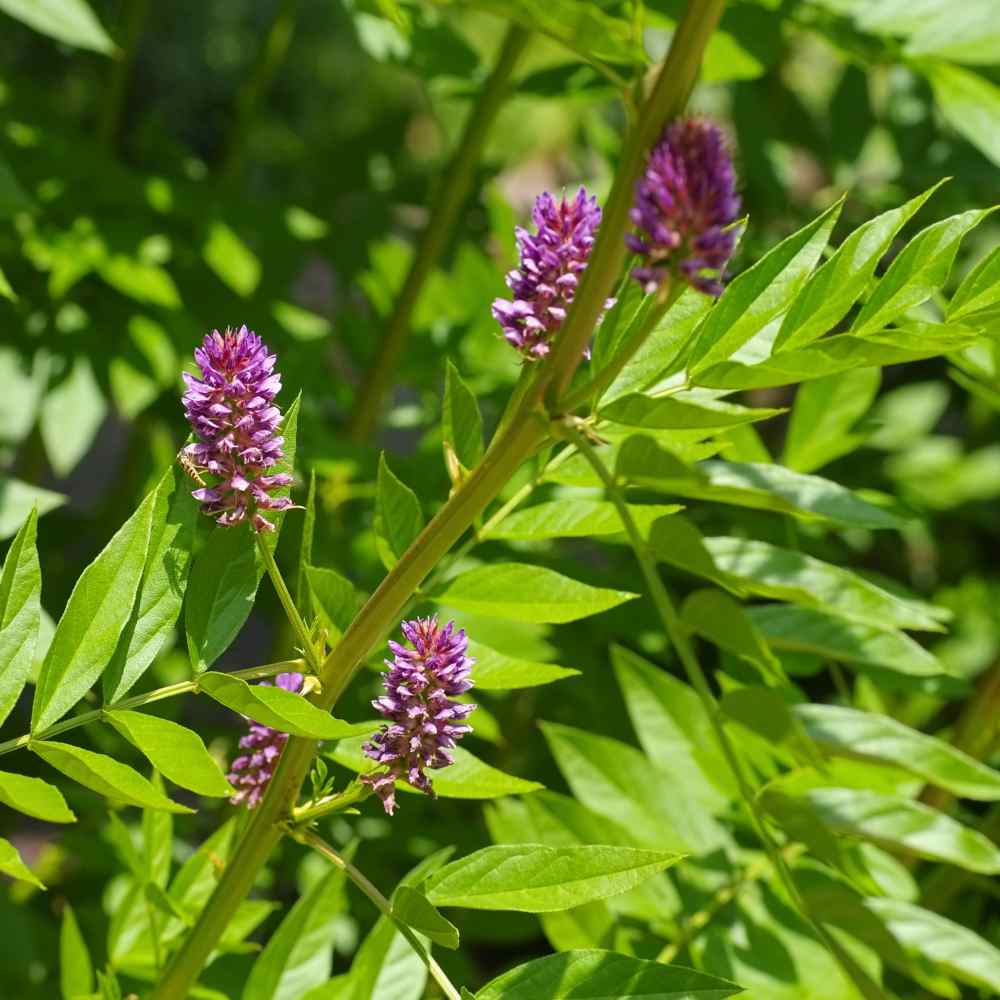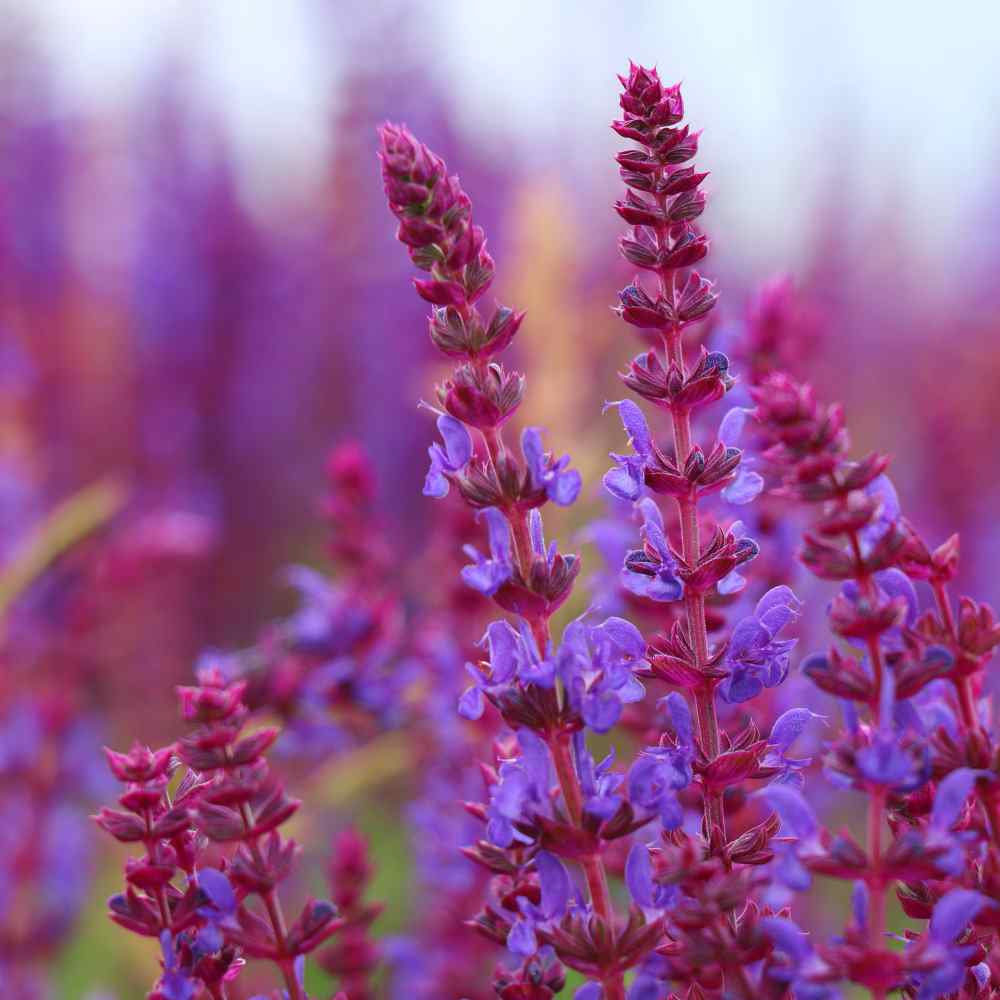
Rhubarb Planting Guide
Quick Facts About Rhubarb
Rhubarb is an heirloom, non-gmo plant that has been grown for generations. With large, fat stems, bright red skin, and a tart, apple-gooseberry flavor, this universal vegetable can be used in fruit tarts, jams, soups, and sauces.
Planting Time
Plant directly outdoors after danger of frost has passed.

Planting Location
Plant in full sun with well-drained soil.
How to Plant Rhubarb
- Sow seeds directly into the garden after the risk of frost has passed.
- Sow 1 - 2 seeds about 6" apart and cover with 1/4" of soil in rows 18-24" apart.

Care And Maintenance
- Keep weeds under control during the growing season. Weeds compete with plants for water, space and nutrients, so control them by either cultivating often or use a mulch to prevent their seeds from germinating.
- Mulches play a vital role in preserving soil moisture and ensuring consistent soil temperatures. When it comes to annuals, using organic mulch made from shredded leaves not only enhances the appearance of the bed but also enriches the soil as it decomposes over time. Remember to keep mulch away from the plant stems to avoid potential rot issues.
- Harvest stems that are reddish in color and around 12 - 18 inches long. Grasp stalk, pulling upwards, twisting as you pull. Or use a knife to cut stems from the plant. Remove the leafy part and stem base, leaving the colored stalk.
- Rhubarb care includes removing any flower heads and allowing the foliage to die back in the fall season. Cut away any old leaves in the winter.




































